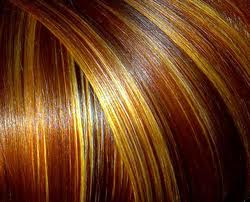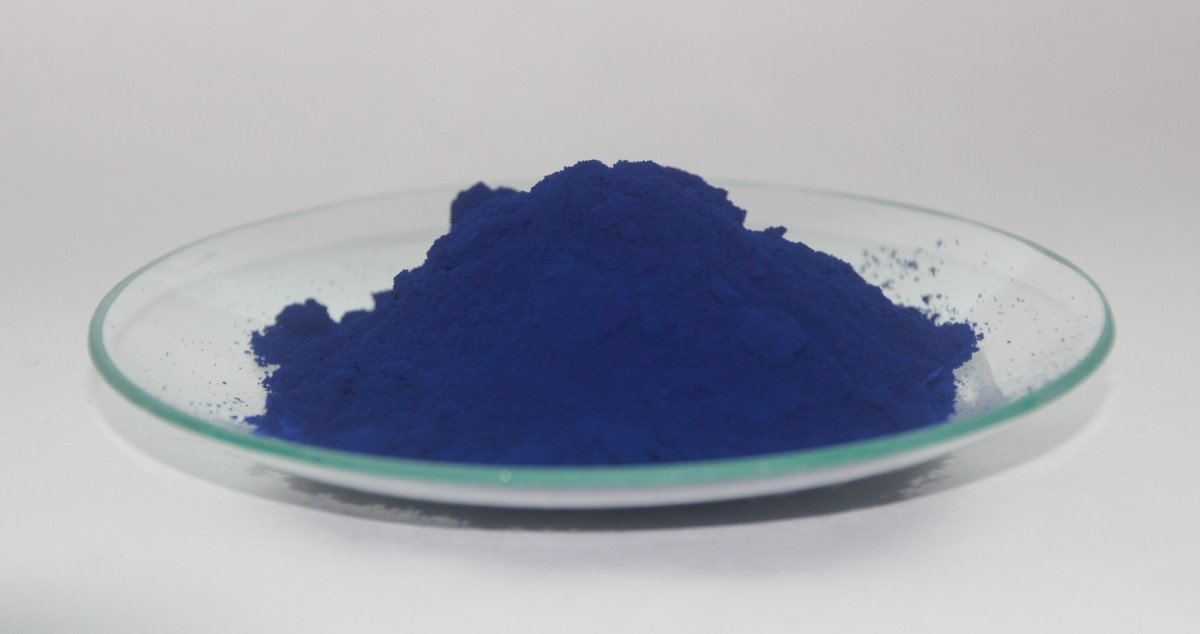Hair Dyes - The Health Concerns of Coloring Your Hair
About Hair Coloring Products
Approximately ⅓ of females over the age of 18 years old, and 10% of men over 40 years old color their hair.
Hair dyes are categorized into permanent, (which makes up 80% of the products on the market), semipermanent, and temporary. Hair dyes are made up of over 5,000 various chemicals. Some of these chemicals have shown to be carcinogenic in animals.
Hair dyes have evolved over the decades. The original permanent hair coloring products used chemicals that showed evidence of causing cancer in animal. During the mid to later 1970’s, with a change in products and formulations different chemicals were used. It is inconclusive about the association between some of the chemicals and cancer. However, some studes found hairdressers and barbers had an increased risk of getting bladder cancer. Some studies have associated hair dyes with an increased risk of blood and bone marrow cancers, such as non-Hodgkin lymphoma and leukemia. Some studies have disputed these findings.

Four Major Studies Show Similar Results
There were four major studies done to find if this association could be valid. The studies detailed when they started using hair dye, for how long, and other pertinent questions. In total the four studies surveyed 4,461 females who had non-hodgkins lymphona and 5,799 females who colored their hair. Those who used hair dye prior to 1980 were 30% more likely to get non-hodgkins lymphoma compared to the women who never colored their hair. Leukemia and bladder cancer are also higher for the use of earlier hair coloring products, although studies have shown conflicting results for both. Women who colored their hair after 1980 showed no increase in this risk, except for women who used dark hair dyes.
These studies consistenly showed the hair coloring products before 1980 posed more of a cancer risk to its users. The other possibility that is yet to be realized may be that the people who used hair coloring products before 1980 may not yet be showing ill health from their use due to not long enough exposure to the products. The cumulative exposure may not be sufficient to fully see the full health effects.
Look for More Info
There are many factors that may contribute to the greater carcinogenic risk. Some include the combination of hydrogen peroxide and ammonia. Studies have found when the two chemicals are mixed it may create and greater cancer threat to the individuals who use the products.
Darker hair coloring products have more chemicals and there seems to be a higher health risk to these users.
For more information about hair dye formulations you can go to http://www.fda.gov/Food/default.htm
U.S. Food and Drug Administration’s Center for Food Safety and Applied Nutrition for information about how are regulated, contact:rdf
U.S. Food and Drug Administration
Center for Food Safety and Applied Nutrition (HFS-009)
Outreach and Information Center
5100 Paint Branch Parkway
College Park, MD 20740
1–888–723–3366 (1–888–SAFEFOOD)
Europe Has Already Banned Many Unsafe Products
Europe has already banned 22 substances in hair dyes that are linked to health issues in order to higher standards to protect users.
The banned substances include:
- 6-Methoxy-2,3-Pyridinediamine and its HCl salt
- 2,3-Naphthalenediol
- 2,4-Diaminodiphenylamine
- 2,6-Bis(2-Hydroxyethoxy)-3,5-Pyridinediamine
- 2-Methoxymethyl-p-Aminophenol
- 4,5-Diamino-1-Methylpyrazole and its HCl salt
- 4,5-Diamino-1-((4-Chlorophenyl)Methyl)-1H-Pyrazole Sulfate
- 4-Chloro-2-Aminophenol
- 4-Hydroxyindole
- 4-Methoxytoluene-2,5-Diamine and its HCl salt
- 5-Amino-4-Fluoro-2-Methylphenol Sulfate
- N,N-Diethyl-m-Aminophenol
- N,N-Dimethyl-2,6-Pyridinediamine and its HCl salt
- N-Cyclopentyl-m-Aminophenol
- N-(2-Methoxyethyl)-p-phenylenediamine and its HCl salt
- 2,4-Diamino-5-methylphenetol and its HCl salt
- 1,7-Naphthalenediol
- 3,4-Diaminobenzoic acid
- 2-Aminomethyl-p-aminophenol and its HCl salt
- Solvent Red 1 (CI 12150)
- Acid Orange 24 (CI 20170)
- Acid Red 73 (CI 27290)
Skin Allergy Testing is a Good Preventative Measure

Skin Allergies Are Also Common
Allergic reactions are also common in people who use hair coloring products. Allergic reactions such as rashes and inflammations around the ears, eyes, scalp and facially. Sometimes people become additionally sensitized to cousin chemicals called cross sensitization that is found in dyed fabrics, inks in pens, gasoline, food and medication dyes, parabens and some drugs like benzocaine and novacain, a PABA. Consumers of hair dyes can also be allergic to fragrances due to cross reaction.
Most hair dyes are considered high hazard according to the Skin Deep cosmetics database of Environmental Working group. It was found that the chemicals in hair dyes have toxic ingredients including organ, developmental and reproductive, neuro and immuno toxicity, and allergic sensitivities.
Some semi permanent hair dyes have taken out some of these chemicals, but it is still uncertain if semi permanent hair dyes are any safer.
Can We Really Let Ourselves Go Gray?
The reality of being gray is hard for many women, and so we may prefer to color our hair, despite the safety concerns. If you do color your hair try to stay with the colors closest to blonde. Vegetable rinses made with botantical extracts are a safer alternative because they contain less synthetic chemicals, even though the coloring effects may last only a few weeks.
Manufacturers are trying to develop safer alternatives to peroxide and ammonia, such as avocado and coconut oil, which are also kinder for our skin.
It might be harder to give up hair coloring products than it is to give up cigarettes, alcohol and other addictive habits. Beauty, vanity, aging are all delicate topics. But it is important to be aware that there are real negative effects that may come from the use of hair dyes. Be smart about what you put in and on your body. We suffer effects from everything we are exposed to, from the pollution in the air, to the things we eat, the clothes we wear, and many ordinary things we do everyday. There is no real safety net from exposures that may threaten our health. All we can do is protect ourselves the best we can as we make compromises for the things that help us feel and look better.








